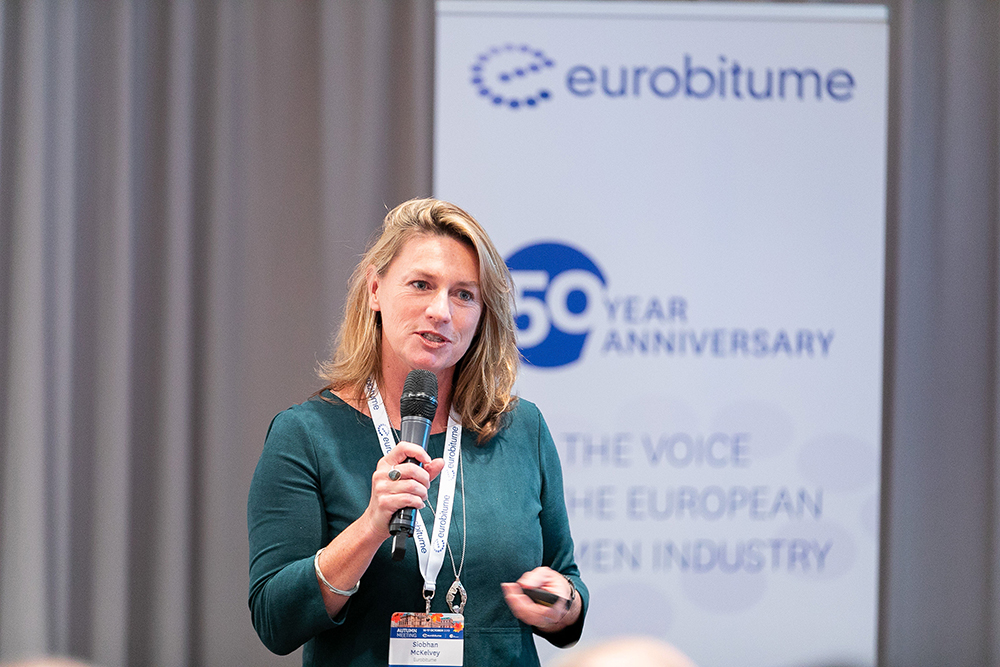The E&E virtual congress provided a discussion platform for the construction industry.

Innovative additives offer performance advantages
Speaking at the opening session of the 7th Eurasphalt & Eurobitume (E&E) Congress, Steve Phillips the director general of the Committee of European Road Directors (CEDR) called on the asphalt industry to stop fighting with their counterparts in the concrete sector.
“The asphalt versus concrete debate is very negative, like two politicians trying to bring each other down,” said Phillips. “Let’s focus on the positive side.”
All those involved in the road sector should pull together, said Phillips, to fight perceptions among politicians that rail is the superior mode. “Even the EC said recently that rail had proved to be the most resilient mode [during the pandemic],” he went on to say.
The theme of the E&E Congress, which is run jointly by the European Asphalt Pavement Association (EAPA) and Eurobitume, is ‘Future Mobility – Asphalt 4.0’. Delayed from last year and held virtually this year, it has attracted around 800 attendees, including exhibitors and members of the press.
Attendees of the opening session on Wednesday 15th June also heard from Enrique Benayas, director general of El Instituto de Economía Digital de ESIC Business & Marketing School, Spain, who warned them that in considering digitalisation, the industry had to look beyond just improving efficiencies and customer experience. “We need to change our mindset to think and identify new business models,” he said.
Benayas urged the industry to take inspiration from new digital businesses such as Uber, Netflicks and Airbnb. “Do you sell asphalt, or do you help with mobility?” he asked. “You don’t sell products, you sell happiness, serving people’s needs better than others.” The industry should think about road users and delivering mobility as a service (MaaS), he said.
At the panel discussion which included the session’s other speakers, Juan José Potti, vice president of EAPA and president of the Spanish Association of Asphalt Manufacturers (ASEFMA) and Claude Le Noan, manager industrial projects at the Eiffage Group, there was agreement that the industry still has a long way to go towards digital transformation. “We are at the same level as construction generally, around 20percent [of the way there],” said Potti, adding that the industry would need three to five years to change – a timeframe that needed to reduce.
One of the two technical sessions that followed the opening continued the main theme of the congress, ‘Road Infra for 4.0 new mobility’. However, research relating to digital transformation was not on the agenda – reflecting that this was not a topic of research among those who submitted papers over two years ago, as the Congress had initially been planned for 2020.
No less than three of the presentations – from the University of Antwerp, the Federal Highway Research Institute, BASt, in Germany and the Institute of Urban and Pavement Engineering, Technische Universität Dresden - focussed on using asphalt pavements for heat exchange. There was also a presentation from Italy’s Iterchimica on its graphene-based GiPave additive and a presentation from the University of Antwerp on using fibre Bragg grating monitoring – optical fibres that reflect certain wavelengths – to measure stresses in heavy-duty pavements.












